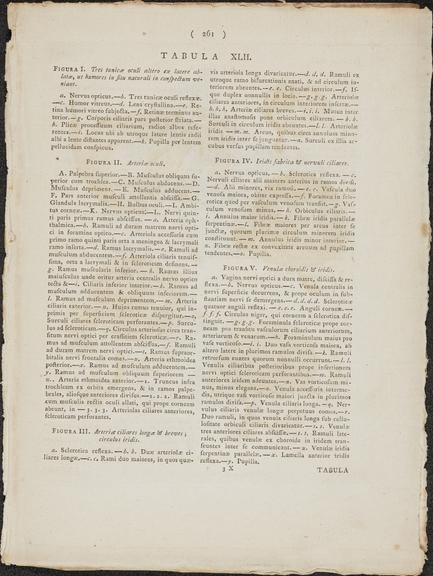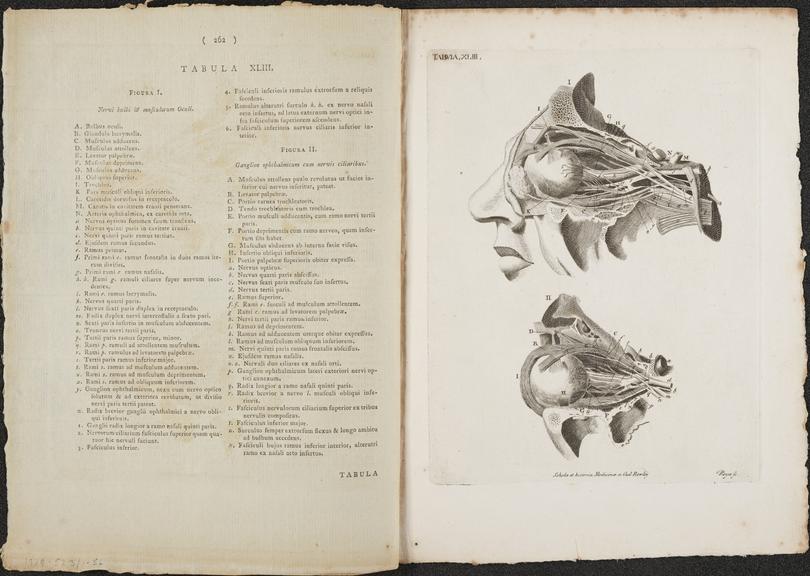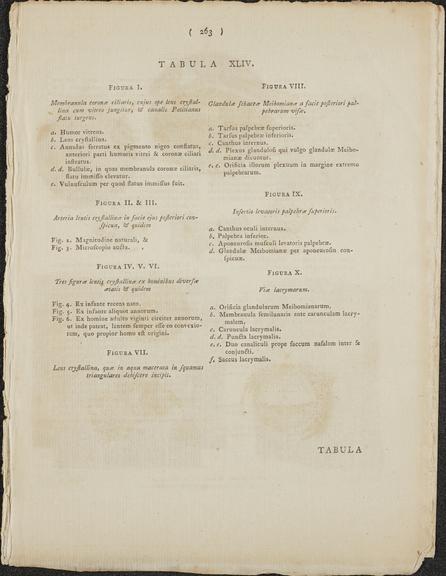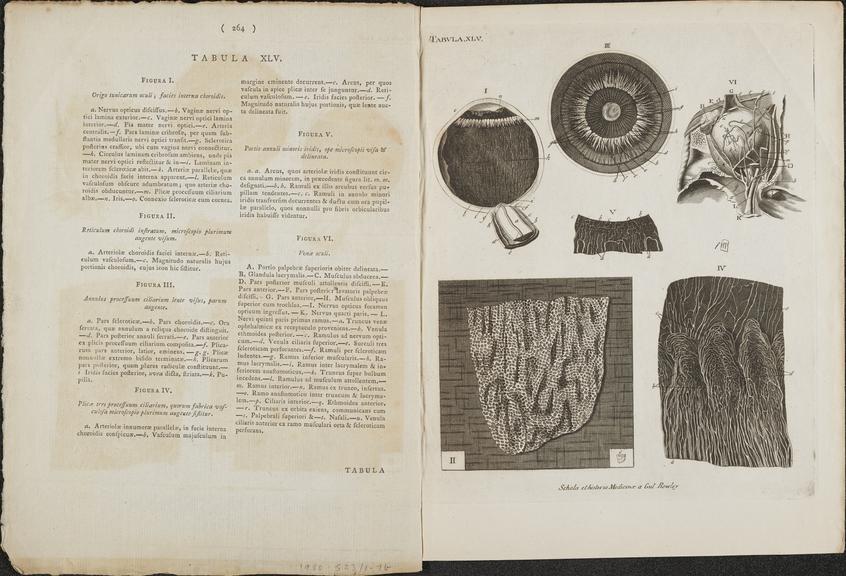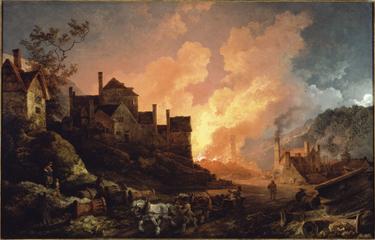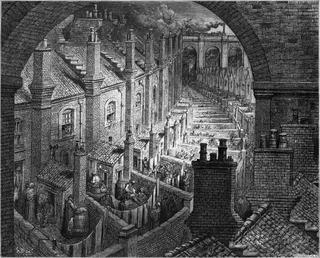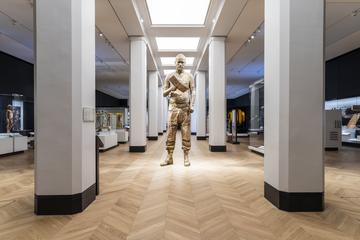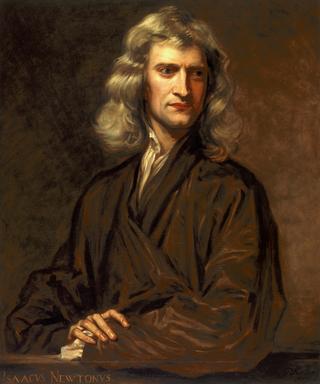
Tabula IX illustrating a front view of the muscles in the human body (male muscular structure)
Tabula IX illustrating a front view of the muscles in the human body (male muscular structure), taken from the anatomical treatise 'Schola et Historia Medicinae', by William Rowley, England, edition by Royce, England, 1851-1860
More
Showing the muscles of the human body, this print was taken from an anatomical treatise called 'Schola Medicinæ Universalis Nova' or the 'New Universal History and School of Medicine' by William Rowley (1742-1806), an English male midwife, surgeon and anatomist. First published in 1793, the work contained 68 copper engravings of the human body. The work was probably used by medical students studying anatomy. Anatomical prints were useful tools as specific features of the body could be enlarged and picked out, making the structures easier to understand.
